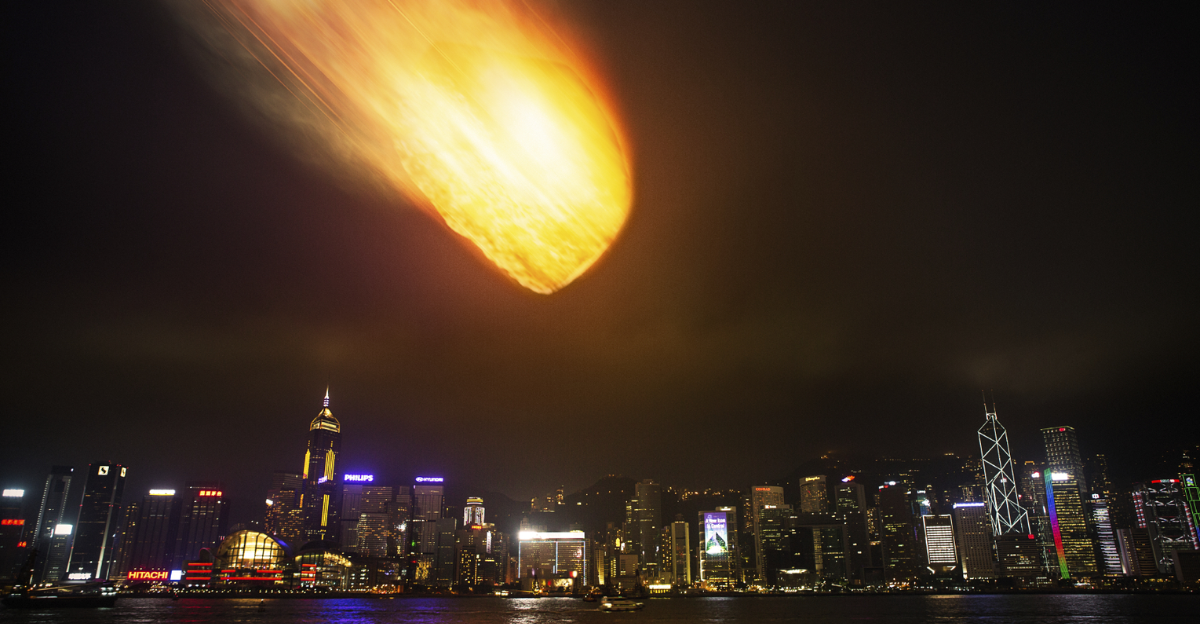
Living in a real-life end-of-the-world scenario might be more possible than we ever thought. Space might not be as blank as it might seem, as astronomers have raised alarms over a new and potentially devastating threat. A “city-killer” asteroid is currently on a trajectory toward Earth and could cause mass panic soon enough.
Unlike the catastrophic asteroid that ended the age of dinosaurs, 2024 YR4 would not trigger a global extinction, but it is powerful enough to take out an entire city.
Discovery of 2024 YR4
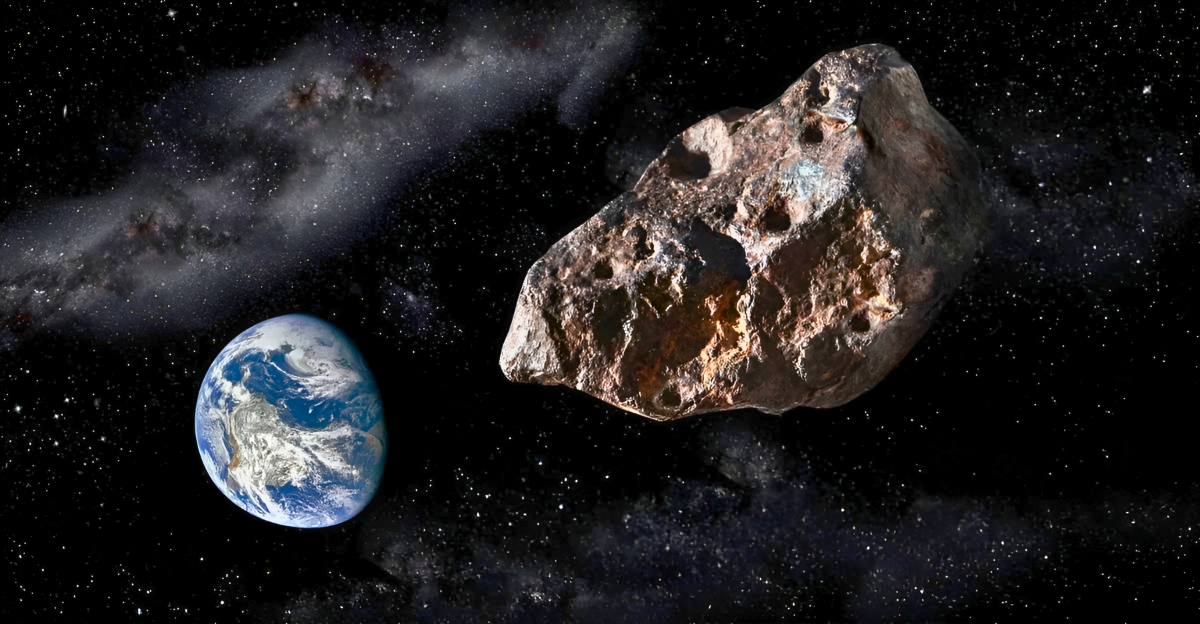
Asteroid 2024 YR4 was discovered on December 27, 2024, by the Asteroid Terrestrial-impact Last Alert System (ATLAS) at its Chilean station in Río Hurtado. This discovery was made two days after it closely passed Earth by about 514,992 miles, around 2.16 times the distance to the moon.
The initial calculations showed that the asteroid’s path would likely overlap with Earth’s, making it worthwhile to keep an eye on. “The object had a close approach with Earth on December 25, which is why it became bright enough to be detected in the asteroid surveys,” stated CNEOS’ website.
How Big Is This Asteroid Really?
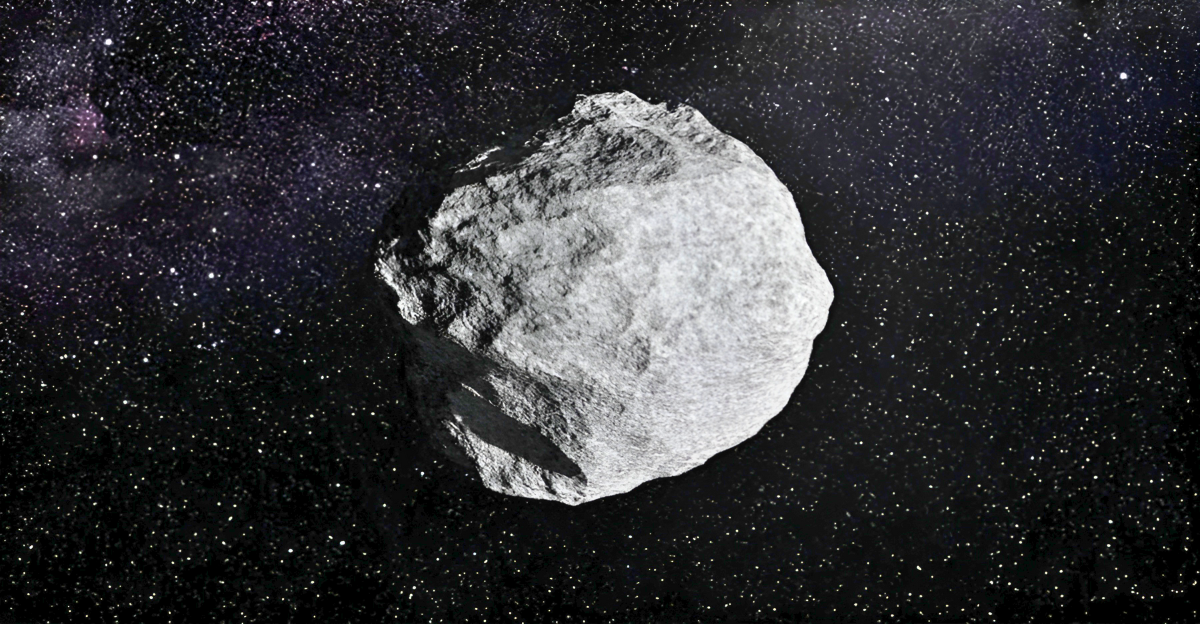
While this may not be one of the biggest asteroids the Earth has ever seen, it’s big enough to cause serious damage. Asteroid 2024 YR4 is estimated to measure 131 and 295 feet in diameter, making it big enough to worry about.
To give you an idea, the infamous Tunguska event in 1908, which flattened over 772 square miles of Siberian forest, was caused by an object believed to be just 164 – 197 feet wide. Researchers believe this object is composed primarily of rock, with a dense, metallic core that makes it exceptionally resilient as it travels through Earth’s atmosphere.
The “City Killer” Classification
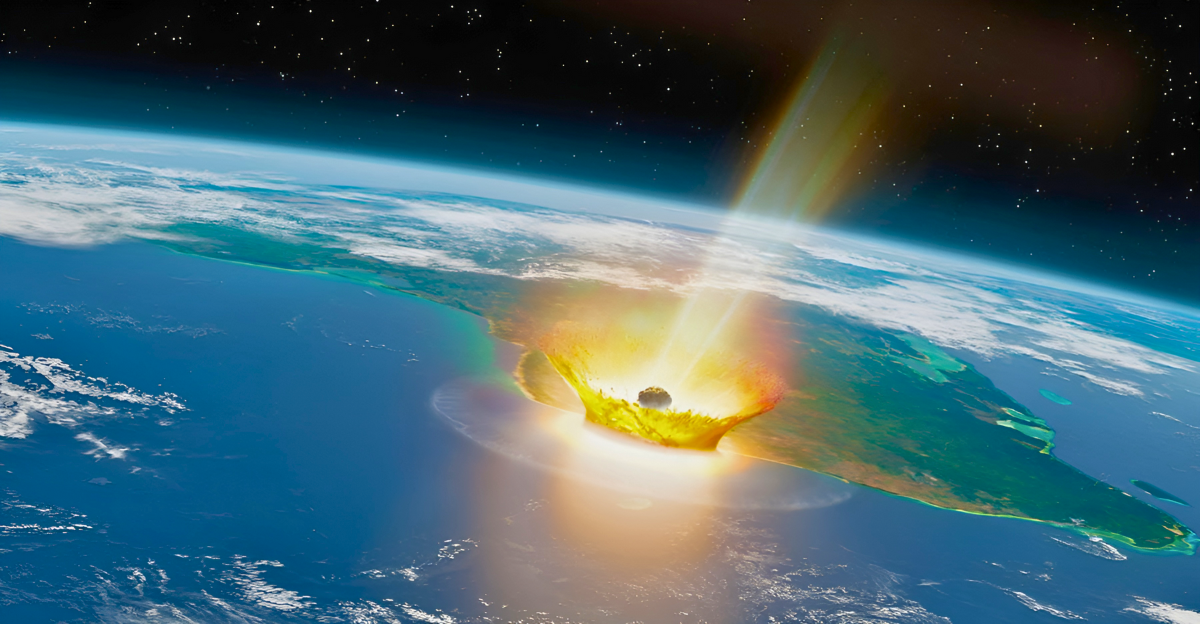
There is absolutely nothing comforting about the term “city killer,” but it’s not quite as bad as it might seem. This asteroid might not be big enough to take out the entire planet, but it is big enough to take out a whole urban area upon impact.
“This is not a crisis at this point in time. This is not the dinosaur killer. This is not the planet killer. This is at most dangerous for a city.” said Bruce Betts, chief scientist for the nonprofit Planetary Society.
Initial Impact Probabilities
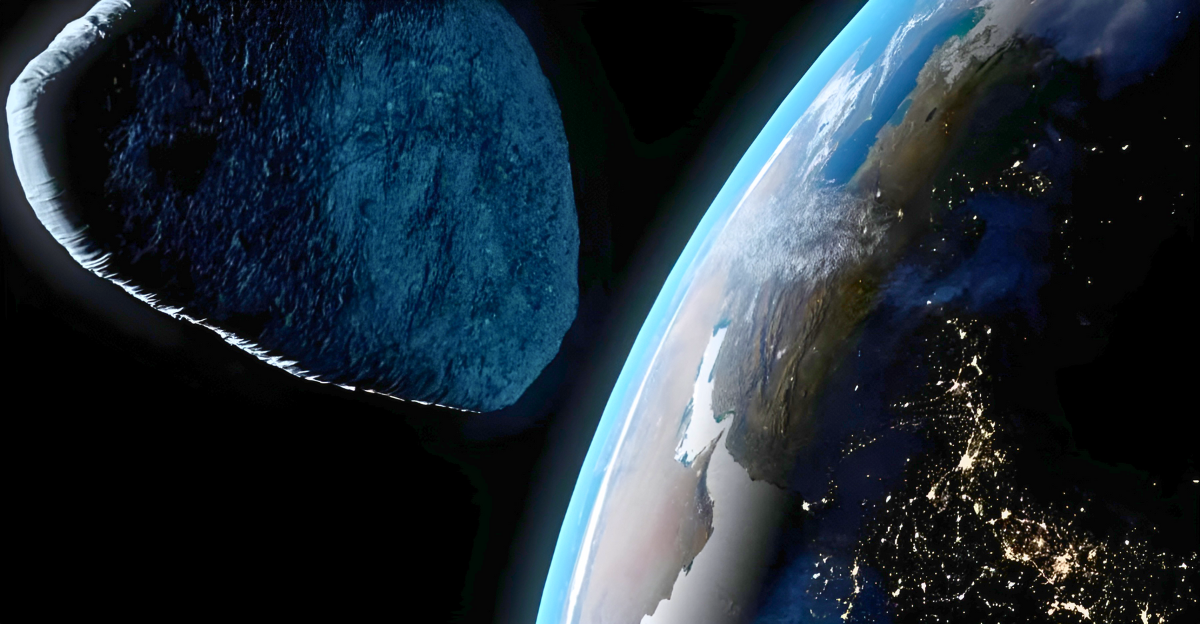
The projection probabilities changed drastically as researchers examined 2024 YR4 more closely. Predicting celestial trajectories is much more complicated than one might think, and even a slight change can massively alter the probability. When first detected in December 2024, the asteroid’s 1.3% chance of Earth impact in 2032 triggered international planetary defense protocols.
By mid-February 2025, impact probabilities peaked at 3.1% (1-in-32 odds), the highest ever recorded for a Near-Earth Object on NASA’s Sentry Risk Table. “Naturally when you see the percentages go up, it doesn’t make you feel warm and fuzzy and good,” said Betts.
Potential Impact Zones
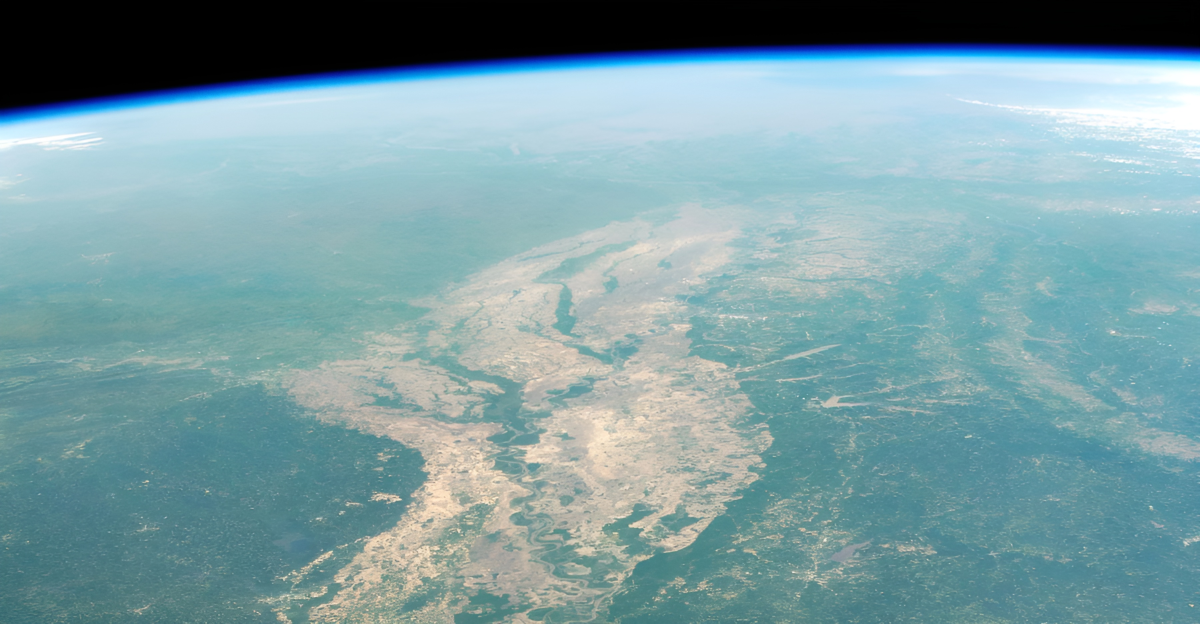
The projected risk corridor for 2024 YR4’s potential 2032 impact spanned nearly 7,456 miles, stretching from the eastern Pacific Ocean through northern South America, the equatorial Atlantic, Nigeria, central Africa, the Arabian Peninsula, and into South Asia. “If you were to put it over Paris, London, or New York, you basically wipe out the whole city and some of the environs,” said Betts.
This path placed major cities like Bogotá (11.6 million), Lagos (21 million), Mumbai (18.4 million), and Dhaka (23.9 million) within the zone of destruction. That’s over 110 million people that could possibly be affected by a single asteroid. An impact would release energy that is 500 times worse than the Hiroshima bomb.
Advances in Planetary Defense

Missions like NASA’s DART (Double Asteroid Redirection Test), which successfully altered an asteroid’s trajectory in 2022, have demonstrated that it is possible to nudge potentially hazardous objects off a collision course with Earth.
“Planetary Defense is a globally unifying effort that affects everyone living on Earth,” said Thomas Zurbuchen, associate administrator for the Science Mission Directorate at NASA Headquarters in Washington. “Now we know we can aim a spacecraft with the precision needed to impact even a small body in space. Just a small change in its speed is all we need to make a significant difference in the path an asteroid travels.”
Current Risk Assessment
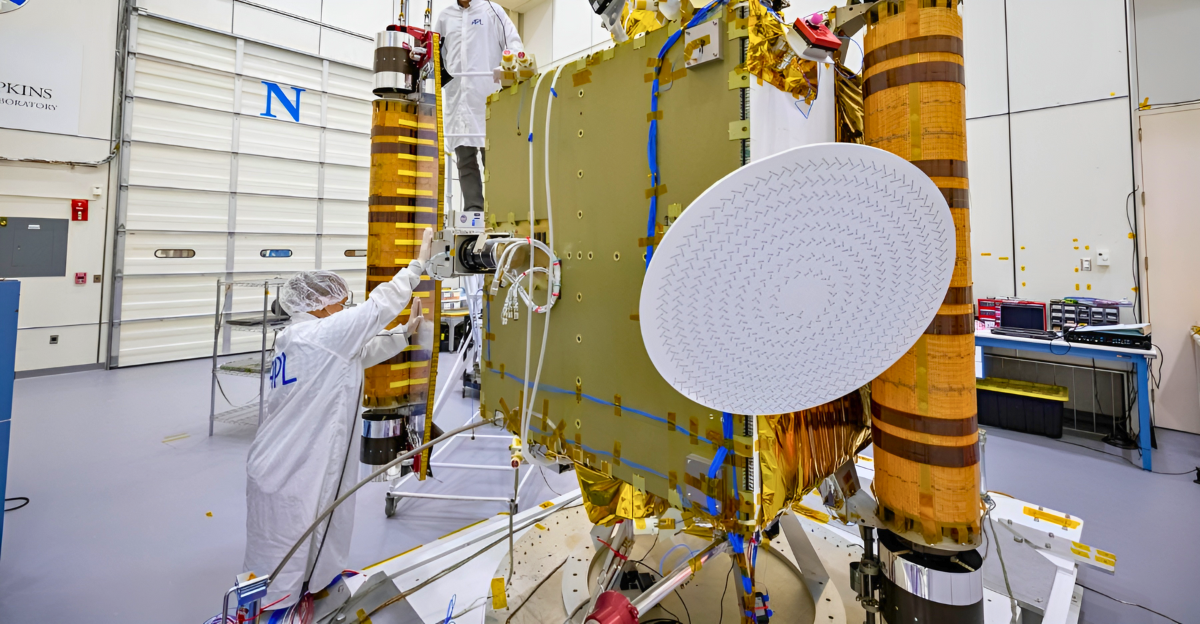
After months of intense research and sleepless nights, the risk of 2024 YR4 intercepting Earth has gone from concerning to reassuring. As of late February 2025, new telescopic data allowed scientists at the European Space Agency (ESA) and NASA to reduce the estimated probability of an Earth impact in 2032 to just 0.001%, effectively eliminating it as a significant threat.
This sharp decline in risk has led to 2024 YR4 being downgraded from Level 3 to Level 0 on the Torino Impact Hazard Scale, meaning it no longer warrants special attention or planetary defense measures. “It is possible that asteroid 2024 YR4 will be ruled out as an impact hazard, as has happened with many other objects that have previously appeared on NASA’s asteroid risk list, maintained by NASA’s Center for Near-Earth Object Studies,” read NASA’s website.
Keeping The Public Calm Throughout Observation
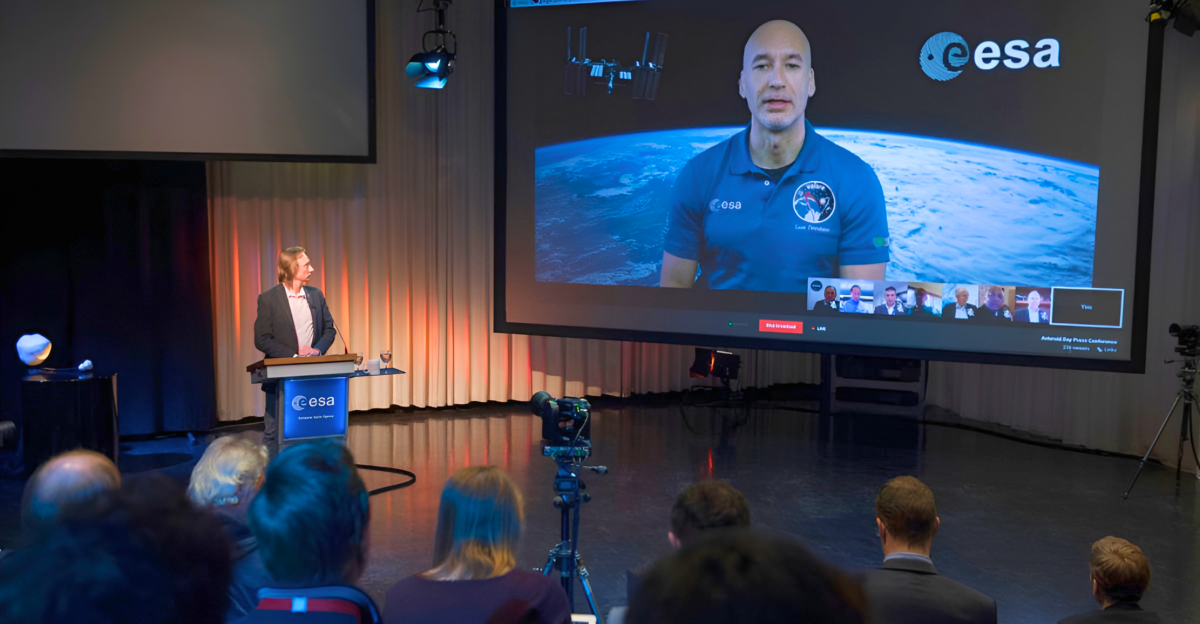
It’s no secret that this asteroid has been the subject of many headlines, conspiracy theories, and doomsday plans around the world. Although the initial warning was necessary due to the potential impact probability, those numbers quickly dropped as researchers kept running the numbers.
It’s important for the public to allow astronomers to gather more data and refine their calculations before making any drastic claims.
Vigilance, Not Panic

While initial reports of “city killer” asteroids can understandably provoke anxiety, the scientific community’s swift and coordinated response demonstrates the value of preparedness and ongoing monitoring. “The good news: there’s ample time to act,” said Betts.
The rapid downgrading of 2024 YR4’s risk status shows how improved detection and analysis can quickly clarify real dangers from false alarms.
Explore more of our trending stories and hit Follow to keep them coming to your feed!

Don’t miss out on more stories like this! Hit the Follow button at the top of this article to stay updated with the latest news. Share your thoughts in the comments—we’d love to hear from you!







